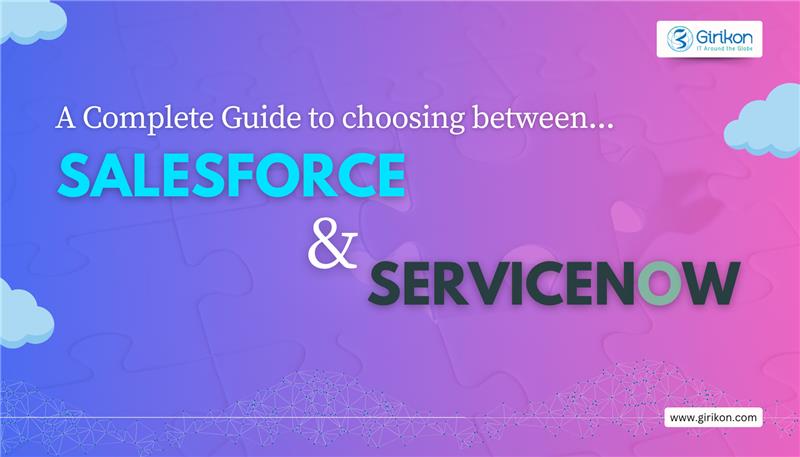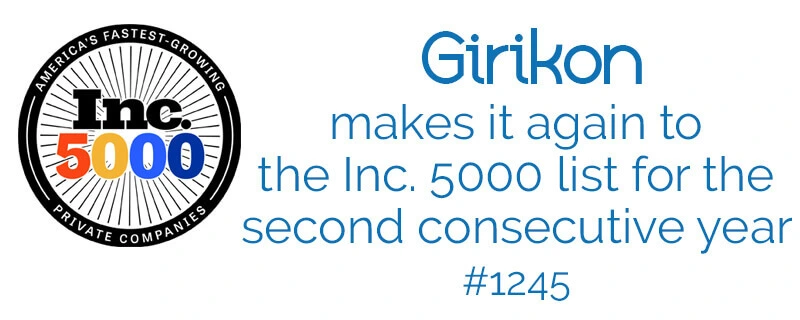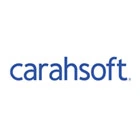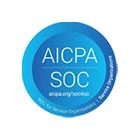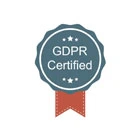Our Blogs
A summary of Unified Higher Education Marketing
Higher Education marketing and communications takes place in a landscape where approximately 75% of campus staff associated with marketing and communications do not report centrally, but typically through a reporting head such as a college dean or department leader. Consequently, this can lead to cascading operational inefficiencies, brand misperception, and an incoherent experience for students, faculty, staff, and supporters.

While colleges and universities can adopt several different marketing and communications strategies for various campus functions, one of the critical ones is to unify and centralize specific aspects of marketing and communications. Unfortunately, this approach comes with its inherent challenges and necessitates a high degree of collaboration.
Some of those challenges include:
- Resistance to change: The common perception that the current state is adequate as is, can stall a more unified way of working.
- Siloed nature of departments: A legacy culture of decentralization makes collaboration and unification more difficult.
- Shadow technology: Marketing technology tools and solutions implemented without guidance from marketing or IT.
- Discounting central marketing and communications: When the central department isn’t viewed as a key partner in marketing and communications, departments depend on outside agencies.
- Moving too quickly: Trying to get too many departments aligned at once can complicate things rather than simplifying.
The Benefits of Unified Marketing and Communications
There are several benefits associated with a unified approach to higher education marketing and communications that go beyond just a connected experience for students, faculty and staff.
These include some key operational efficiencies that save time, augment knowledge and absorption, and distributed costs among departments. As budgets change, marketing teams should be able to show the evident benefits of alignment.
- Shared Cost: Most colleges and universities have marketing and communications teams working with different technologies. This leads to cost redundancies that aren’t always apparent.
- Shared Knowledge: When using many different technologies, there are limitations in combining and understanding knowledge to drive innovation.
- Shared Data: Data is critical to understanding how institutions are engaging with stakeholders in a manner that makes sense for them.
- Shared Messaging: This constitutes messaging with an appropriate level of personalization.
5 Strategies for Higher Education Marketing and Communications
The following five strategies should be embraced to achieve operational efficiencies across campus.
1. Consistent Messaging, Voice, and Tone
A central messaging platform is vital. While centralised messaging, voice, and tone is important, it needs to be relevant for various departments across campus, for it to be widely adopted. For messages to resonate amongst the audience, it is essential to understand the overlap of audiences.
Media: Media rules of engagement should be established clearly, to ensure consistent messaging across print, social media, web, and email.
Brand: Most colleges and universities don’t have the bandwidth to support multiple brands. It is important to adopt a “branded house” strategy and foster sharing of resources.
2. Segment Constituents
Since the pandemic hit us, audience segmentation has been a key topic of discussion for higher education marketers and communicators. However, limited access to all data, especially constituent metadata such as descriptive information, makes audience segmentation and targeted personalization of messaging a challenge. Consequently, engagement is at times carried out using batch wise email blasts.
The key points to consider are where the data is, its accessibility, can the preferred marketing and communications platform use it, and can it be segmented prior to launching outbound campaigns.
Metadata for Constituents:
- Full name
- Address
- Major
- Last event attended
- When they last donated
- Expected graduation date
- Research they engage with
- Forms submitted across the college/university
3. Support Services
It is essential for marketers and communicators to be viewed as a strategic partner and not an someone who are meant to take orders for the rest of campus. Unfortunately, establishing this alignment doesn’t happen organically. It needs complete and mature support services that bring staff together from discrete departments.
To begin with, best practises should be documented and made accessible online easily. Also, it must include ongoing training so that departments and staff can fully absorb the brand message, voice, tone. And understand how technology can help them to deliver it to the right audience.
Higher Education Institutions that have successfully achieved alignment conduct monthly or quarterly meetings amongst all their campus partners where they share experiences and deliberate on ways to further engagement.
Suggested Support Services Include:
- Brand Assets Library: Includes fonts and typesetting, color palette, graphic elements, email guidelines and templates, social media guidelines, and web standards.
- Training: Includes onboarding and regular training. Training methodology should balance courses for beginners and advanced ones, to keep all partners engaged.
- Campus Community: Regular meeting for the central department to share strategy with partners and encourage partners to share their perspectives.
- Governance Model: Establish the rules of engagement that partners need to follow. In an ideal scenario, the central department for marketing and communications is the owner.
- Center of Excellence (COE): This is a must when you are managing a central technology platform. It allows campus partners to ask questions and receive guidance and support.
- Innovation Workshops: Campus partners can learn about new features and functionality about the technology being used and understand how they will be used going forward.
- Best Practices Sharing: Regular feedback sessions to establish what’s working and what’s not. This opens up opportunities for partners to learn from each other’s mistakes and/or successes.
4. Have a Full Stack MarTech
A unified, aligned higher education marketing and communications team is one that drives engagement with the right audience with a robust central MarTech strategy.
Higher Educational institutions deploy a huge amount of marketing and communications messaging across multiple digital channels, such as email, SMS, web, ads and social media. While it is important to have a rich set of features and functionality for creating and launching campaigns across channels, the ability to have actionable data and deliver personalization is what is most important.
This is where a best-in-class CRM platform for higher education becomes critical to aggregate constituent information, and use that information to segment audiences and deliver a personalized and relevant engagement.
5. Plan Big, Start Small
Once you’ve identified your brand messaging platform, and established campus-wide technology, along with complete support systems, the next step is to get campus buy-in to set your plans in motion.
Most colleges and universities however, operate on a decentralized model. Unless there’s a clear directive from the top leadership, bringing other departments along would require a consensus. If working with your central team is challenging, other departments may not see the value in aligning with them.
Big changes don’t happen overnight, so start with small steps, one at a time. Identify and start with partners that are open to innovation. Do a test pilot, and fine-tune a unified approach. The learnings acquired from early partnerships are key since they form the blueprint that other constituents can follow.
Steps To Get Started
- Identify a large, strategic partner who you think is key to success. Get them on board in the planning phase itself.
- Onboard one or two smaller departments with whom you have a good rapport. These departments should be aware of the value of alignment and are willing to innovate and learn with you.
- Keep the rest of the campus apprised of these partnerships. Some may be skeptical, but once they see value in what you have undertaken, they will get on board.
Unified higher education marketing and communications can be quite a challenge. It requires a significant amount of effort to ensure alignment across many different departments, but it’s totally worth the effort. Higher Education institutions that follow these marketing and communications strategies can attain higher operational efficiency, a better understanding of the campus-wide marketing technology landscape, and higher engagement from their constituents.
Behind every great strategy is a partner that you can trust. You need a certified expert. Learn more about how you can partner with Girikon, a Certified Salesforce Partner, to support your institution’s marketing and communications teams.

 +1-480-382-1320
+1-480-382-1320 +44-7428758945
+44-7428758945 +61-1300-332-888
+61-1300-332-888 +91 9811400594
+91 9811400594
